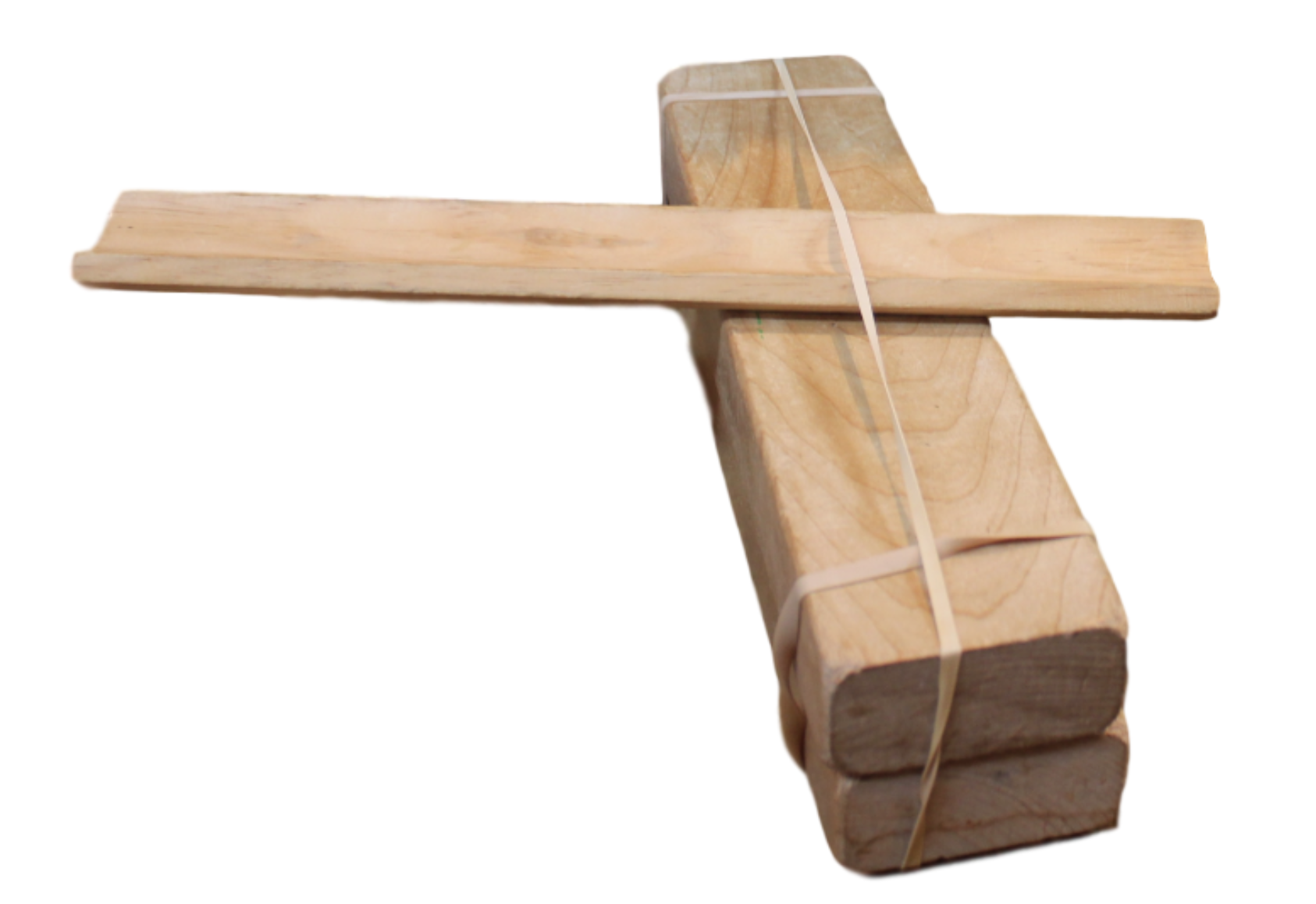"A catapult is a thing you put one thing down and you put another thing down and you shoot something." -Sevi
Children have been returning to the catapults, constructing and reconstructing these levers to test new ideas. Through this play they are asking:
How can we make this lever catapult an object higher?
What makes a catapult work best?
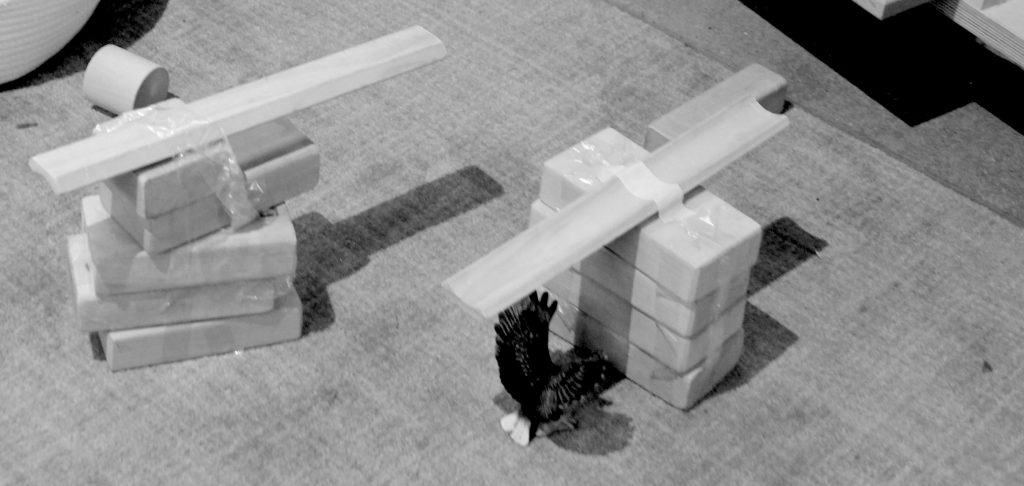
Though the levers do work, the tape has it’s limitations.
"It's not going to work because it's taped on. It's not moving."
Ryan
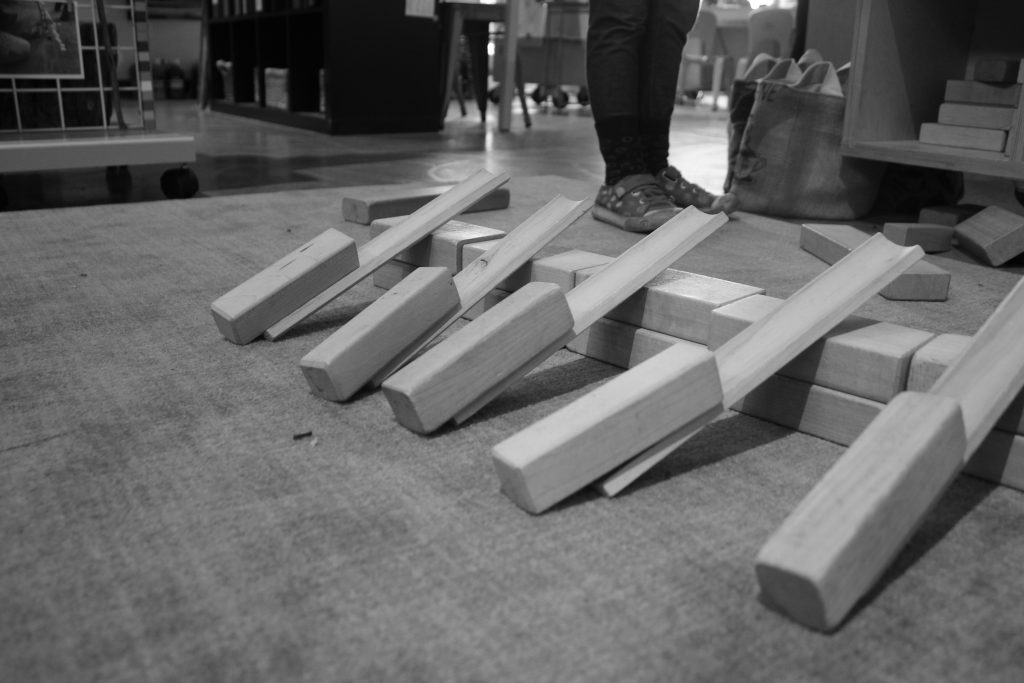
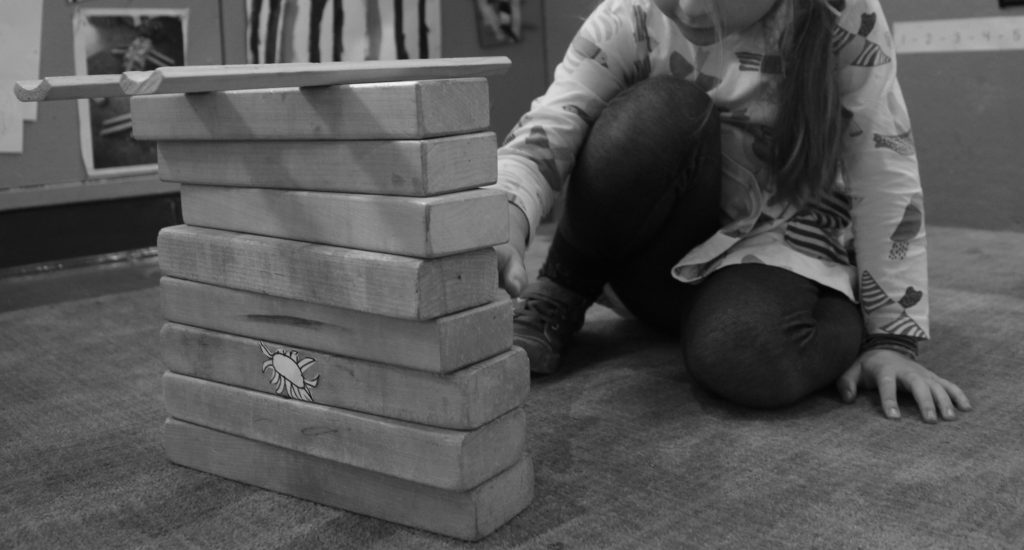
"I'm making this bigger (taller) so it can go so far." Sevi
We introduced rubber bands as another means to attach the catapult parts. With various lengths and widths, the rubber bands introduced new variables to test.
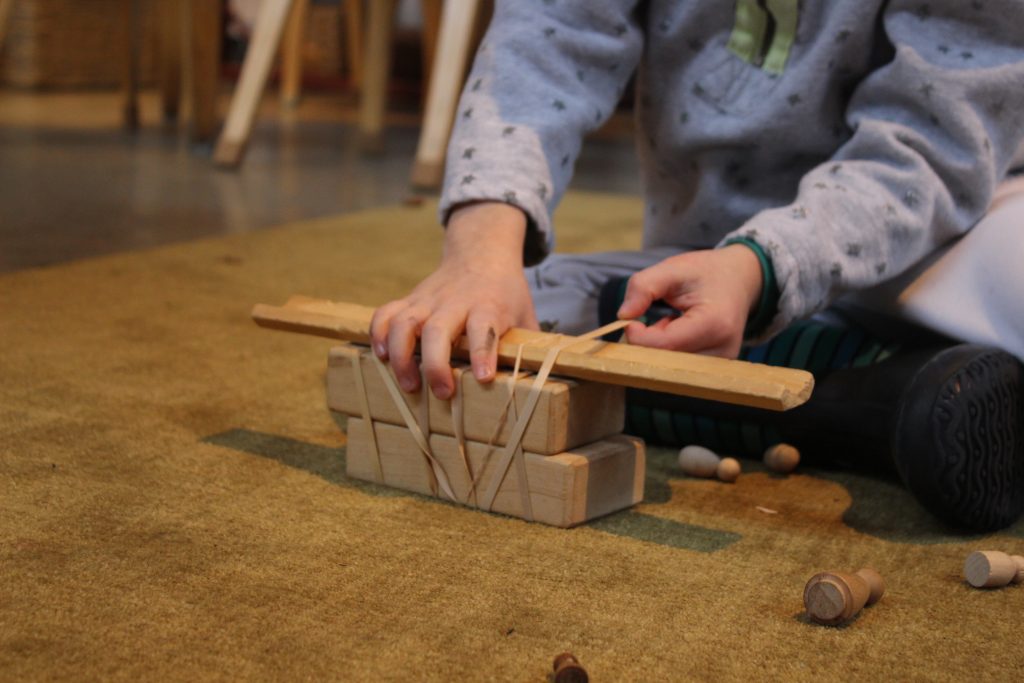
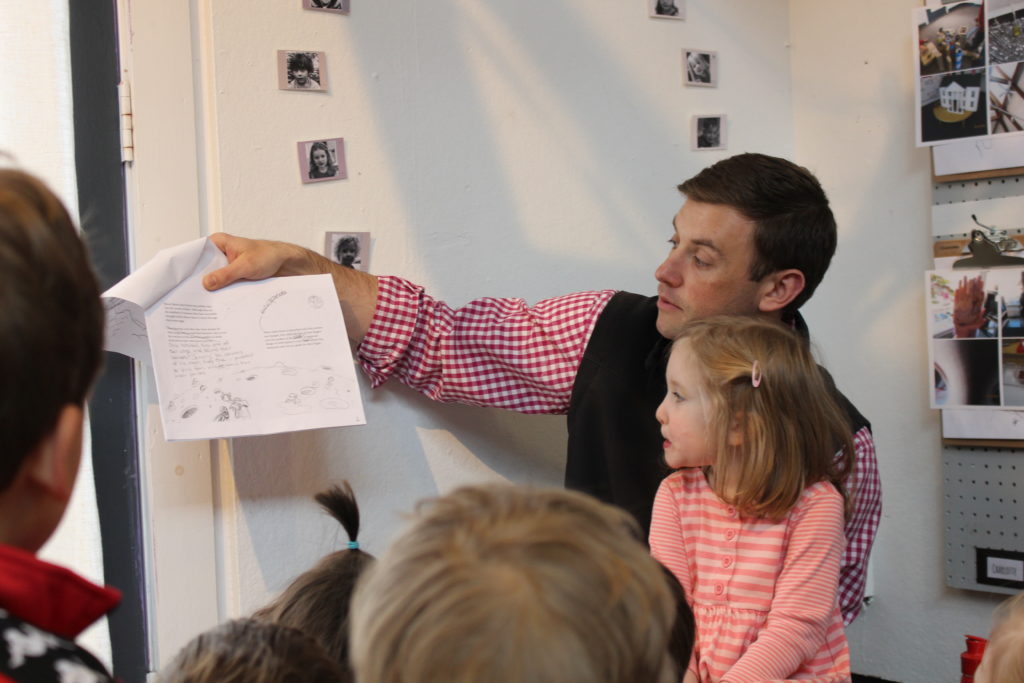
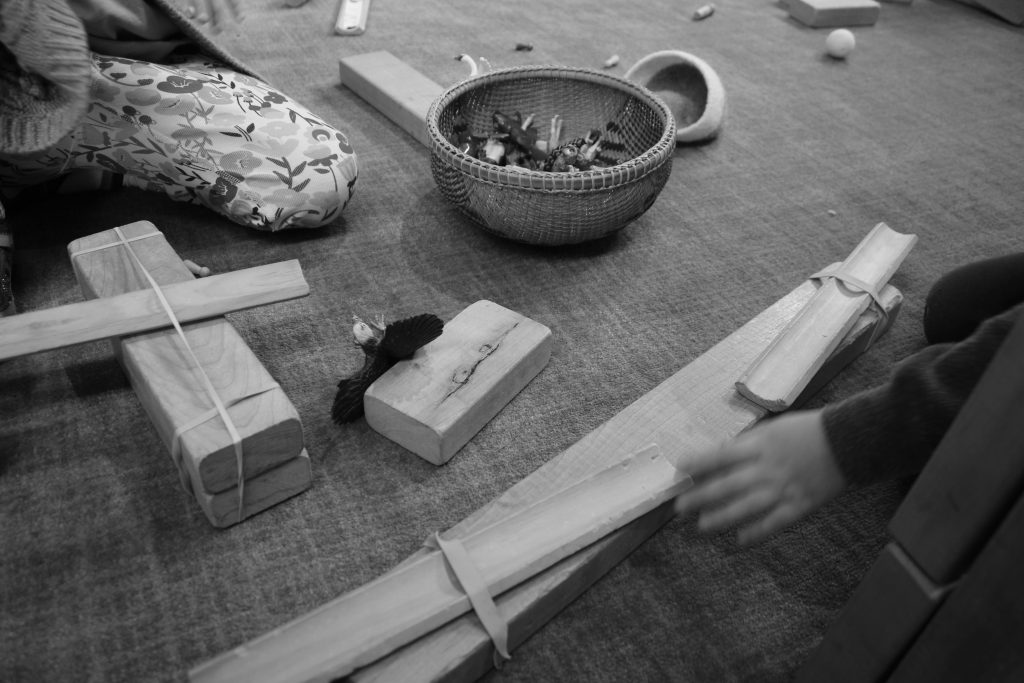
"The double catapult goes
in two directions." Chester
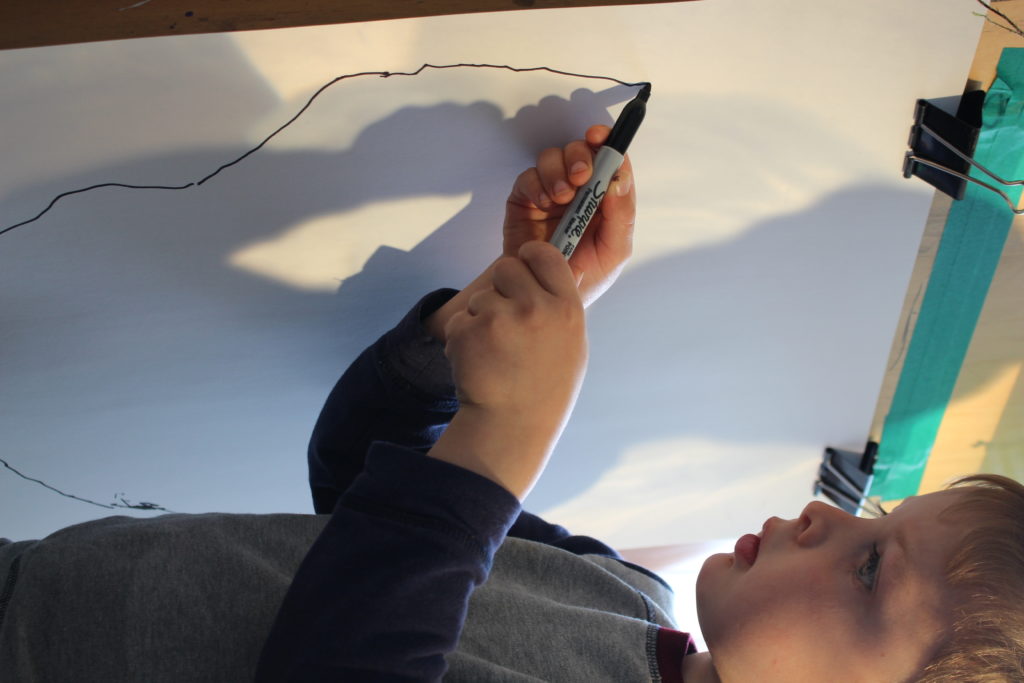
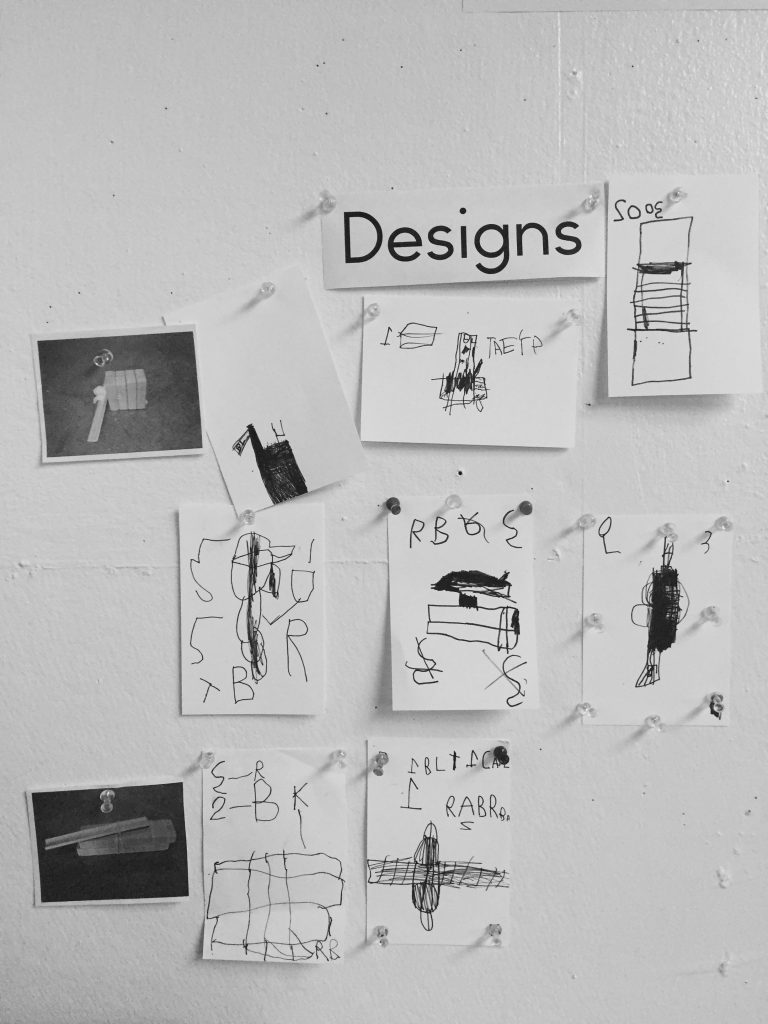
Of the different designs, a small group decides one catapult works the best.
